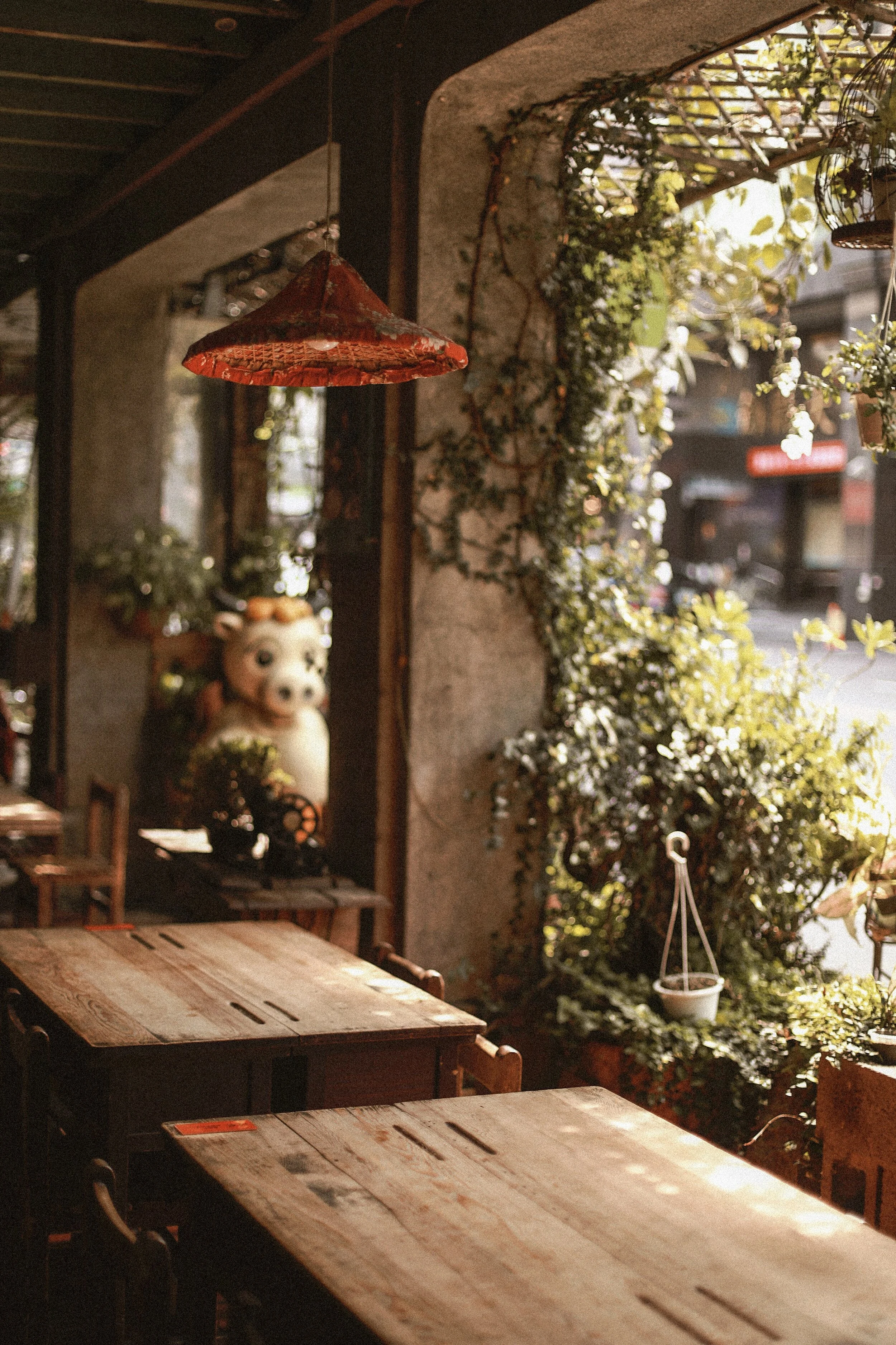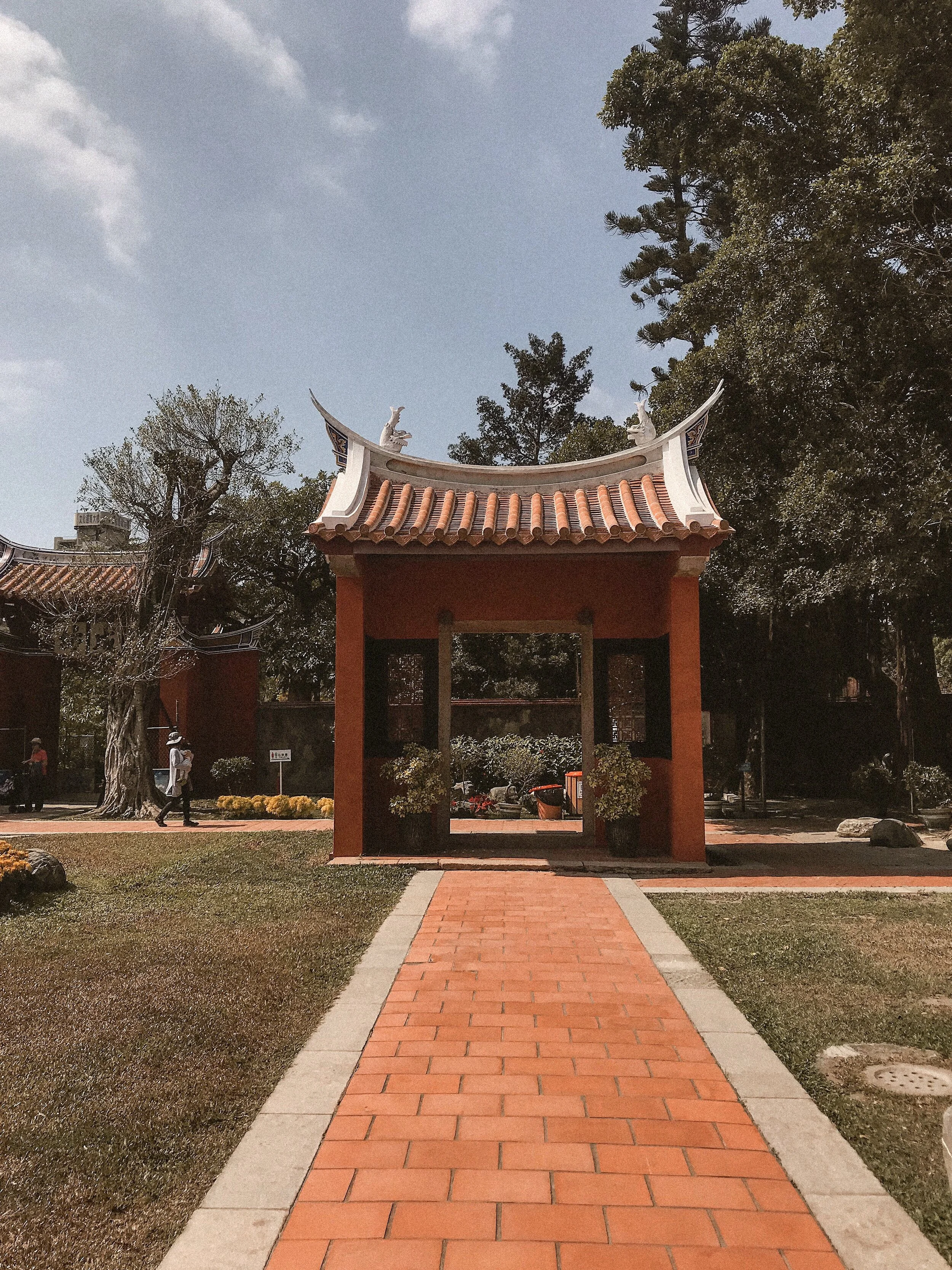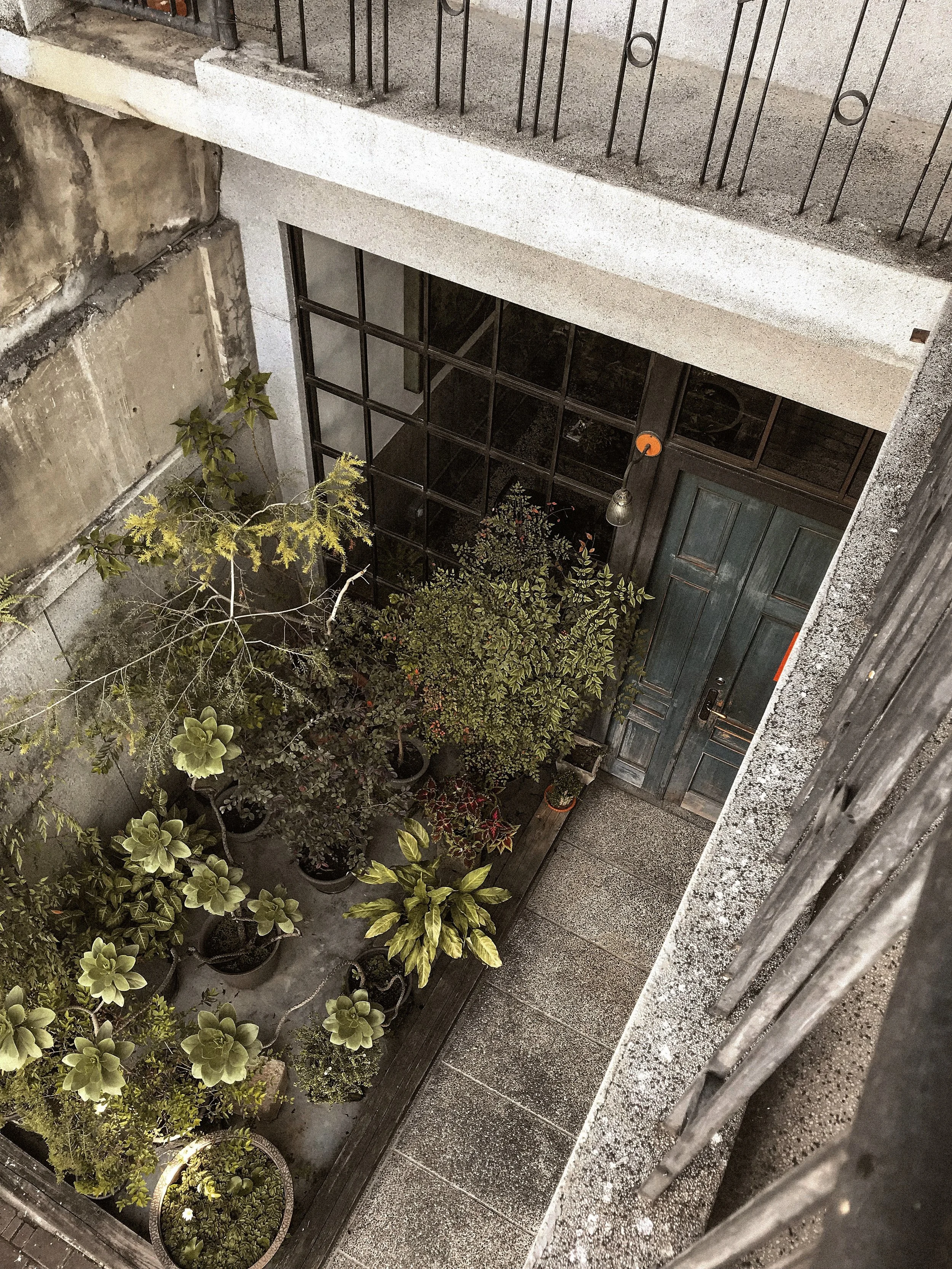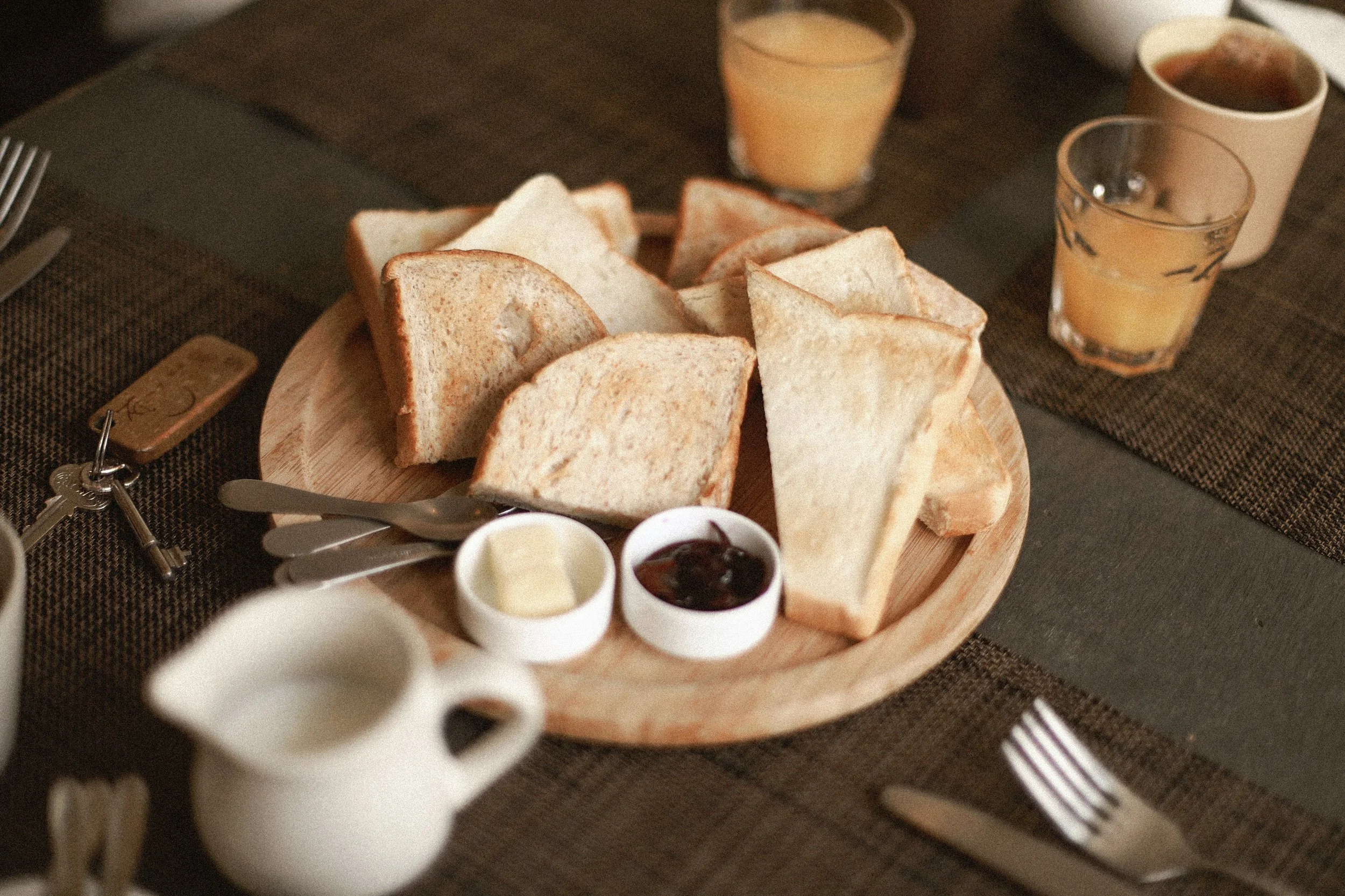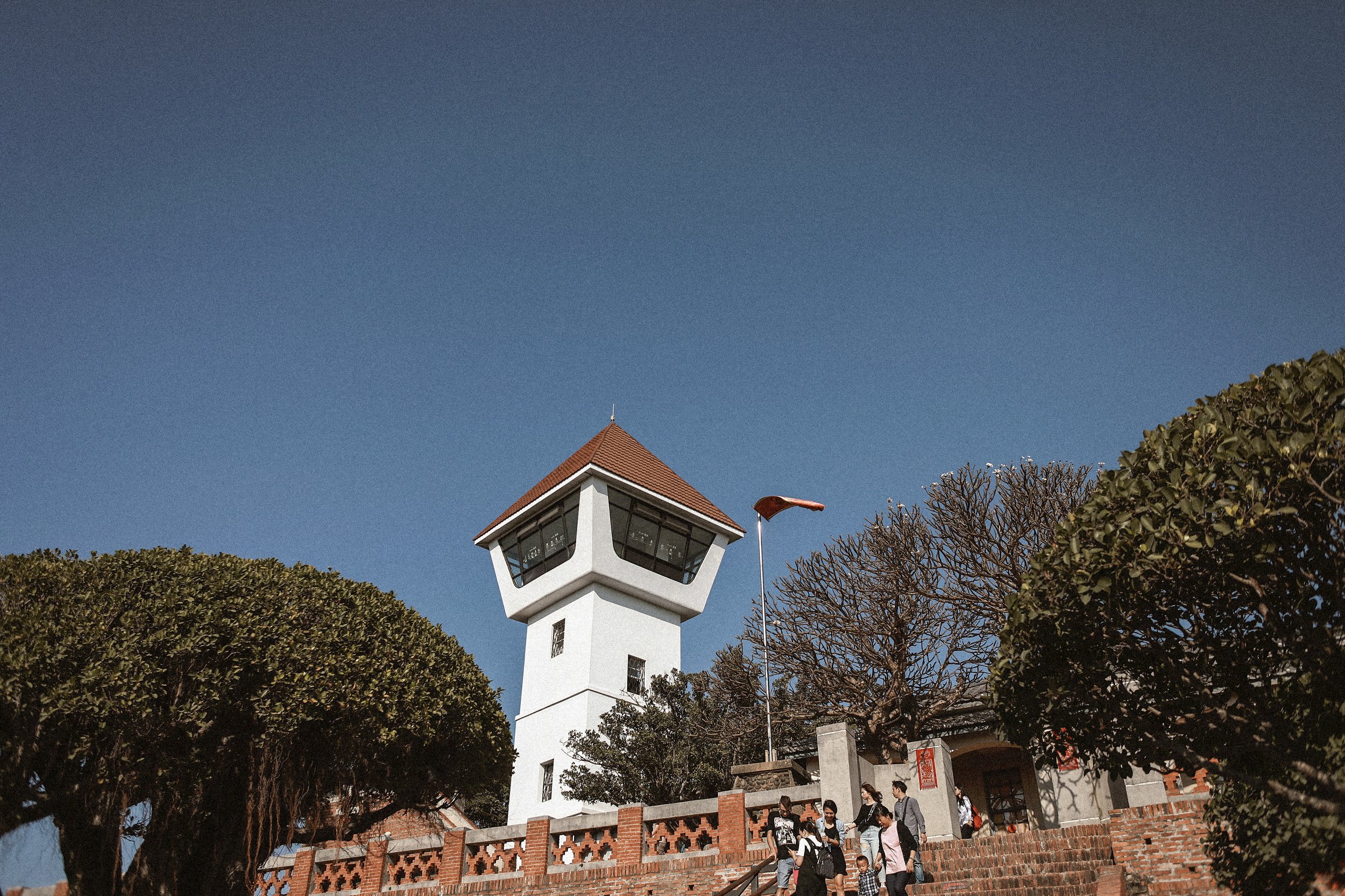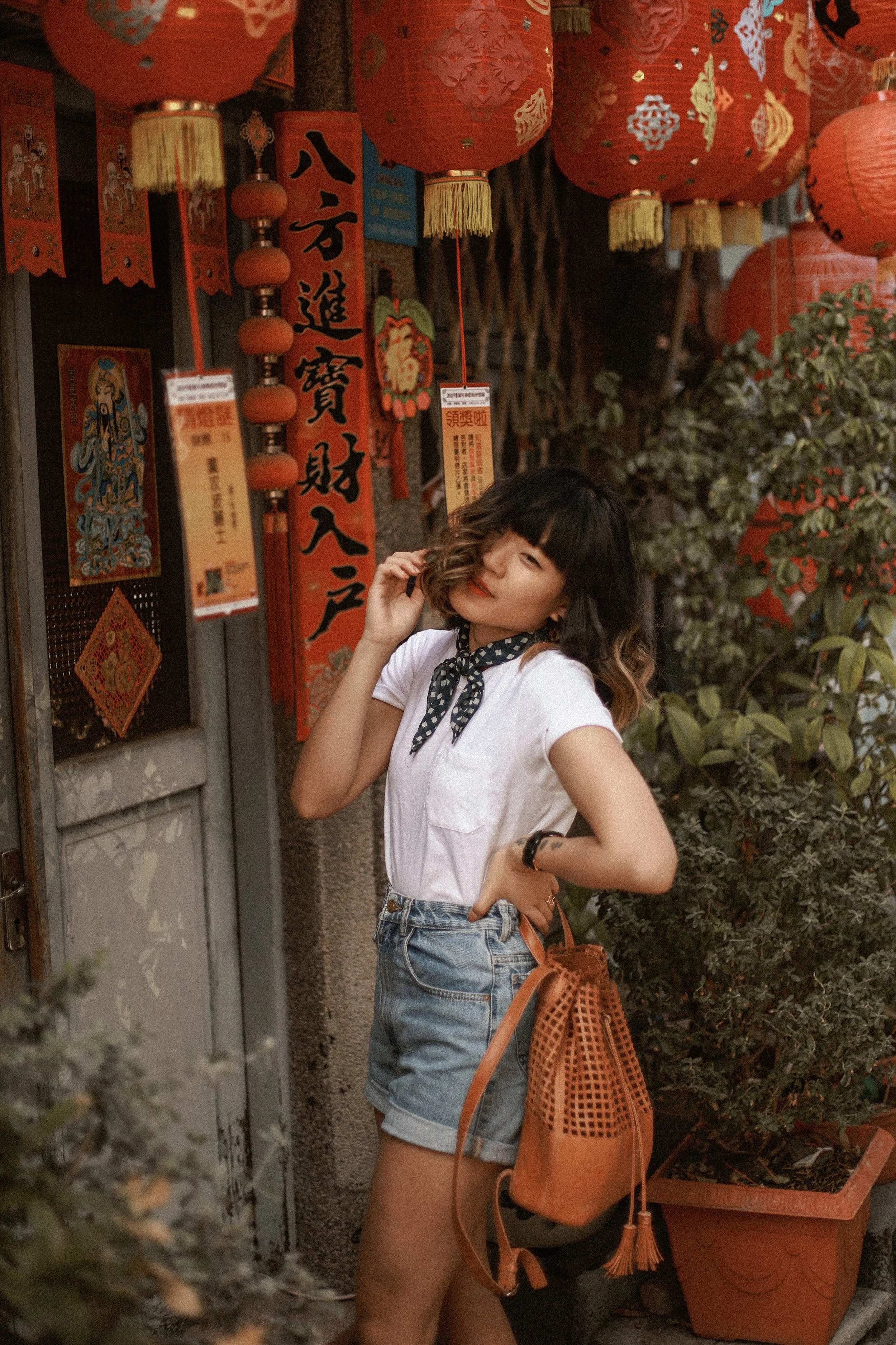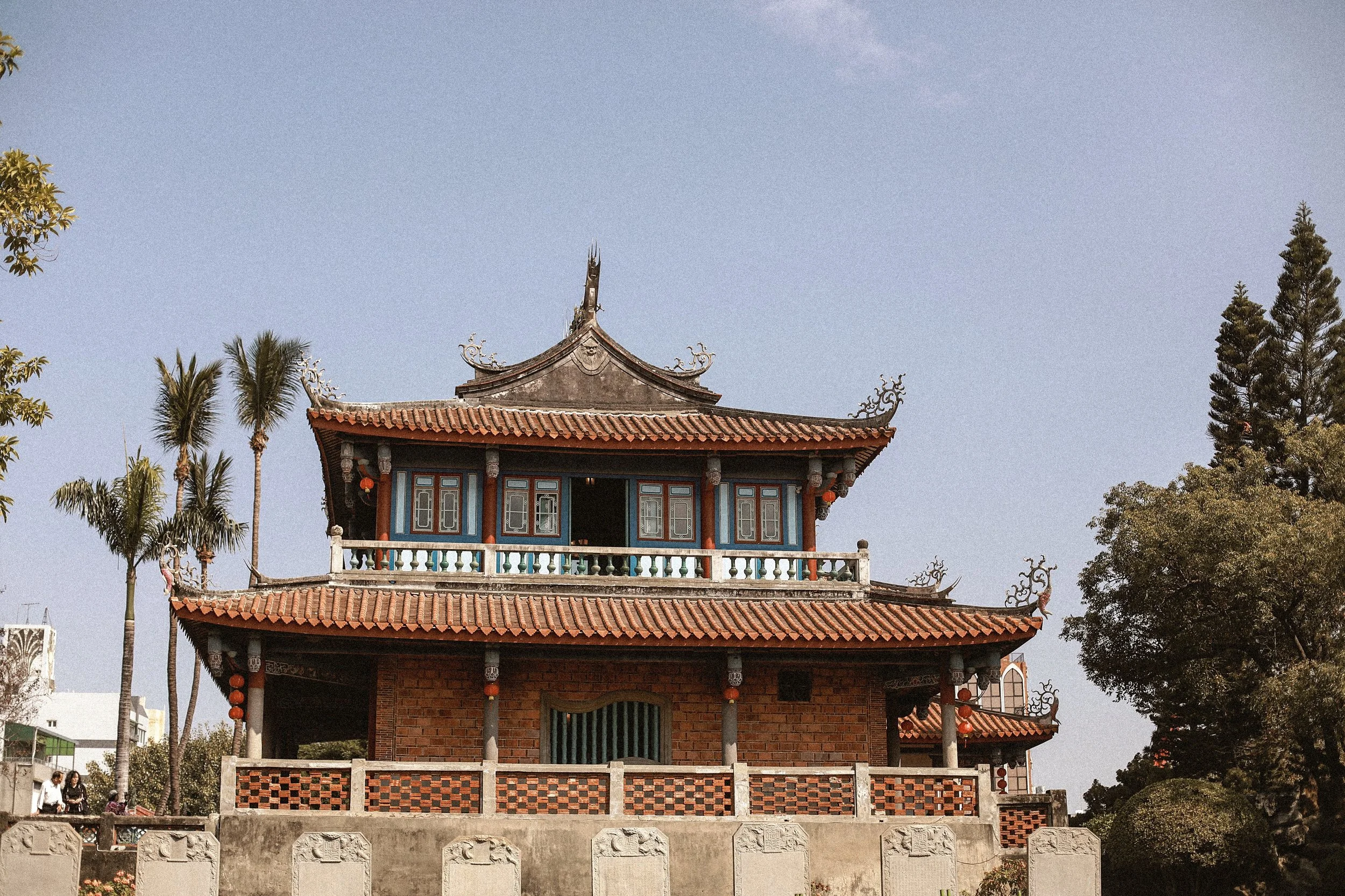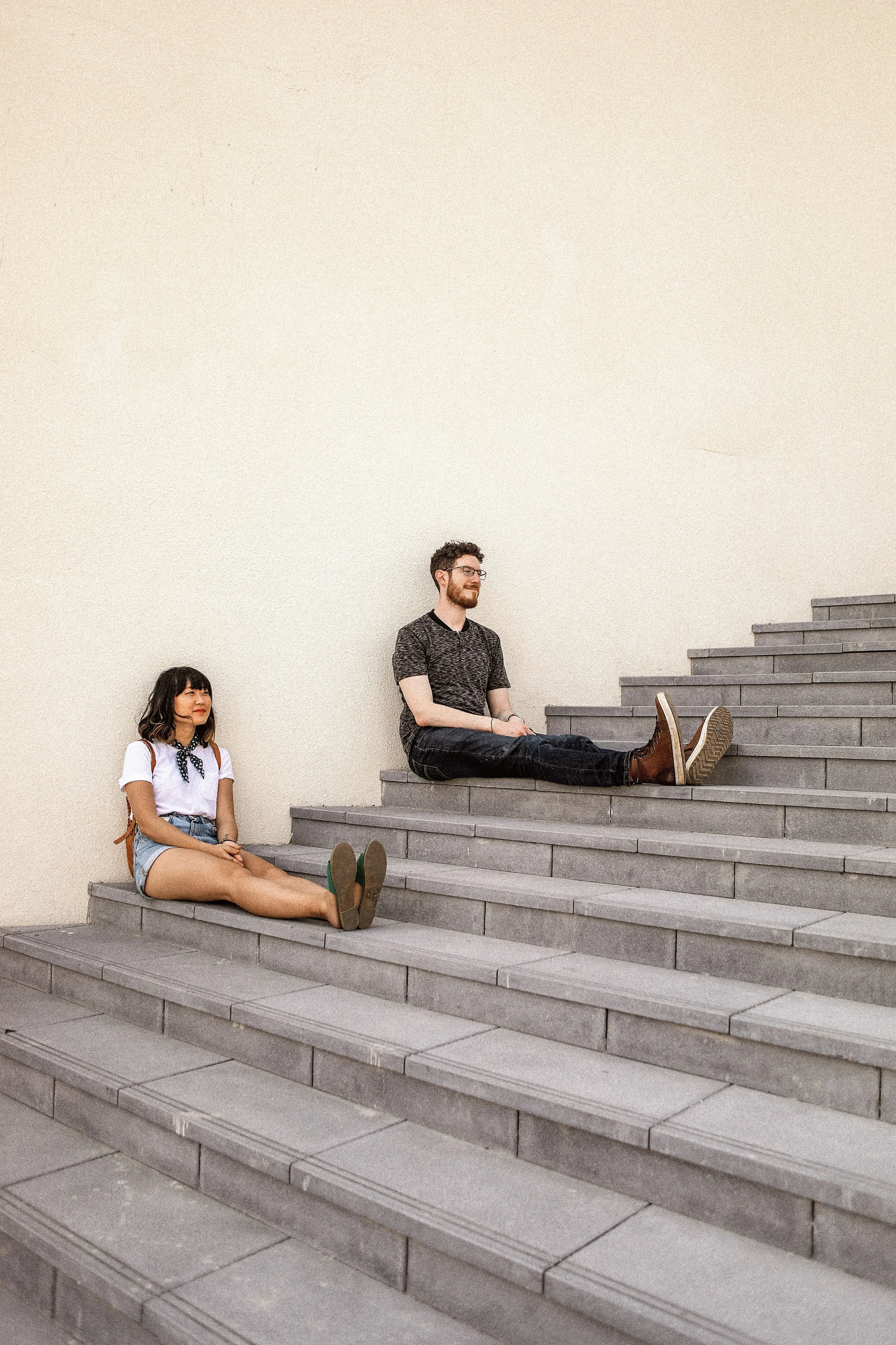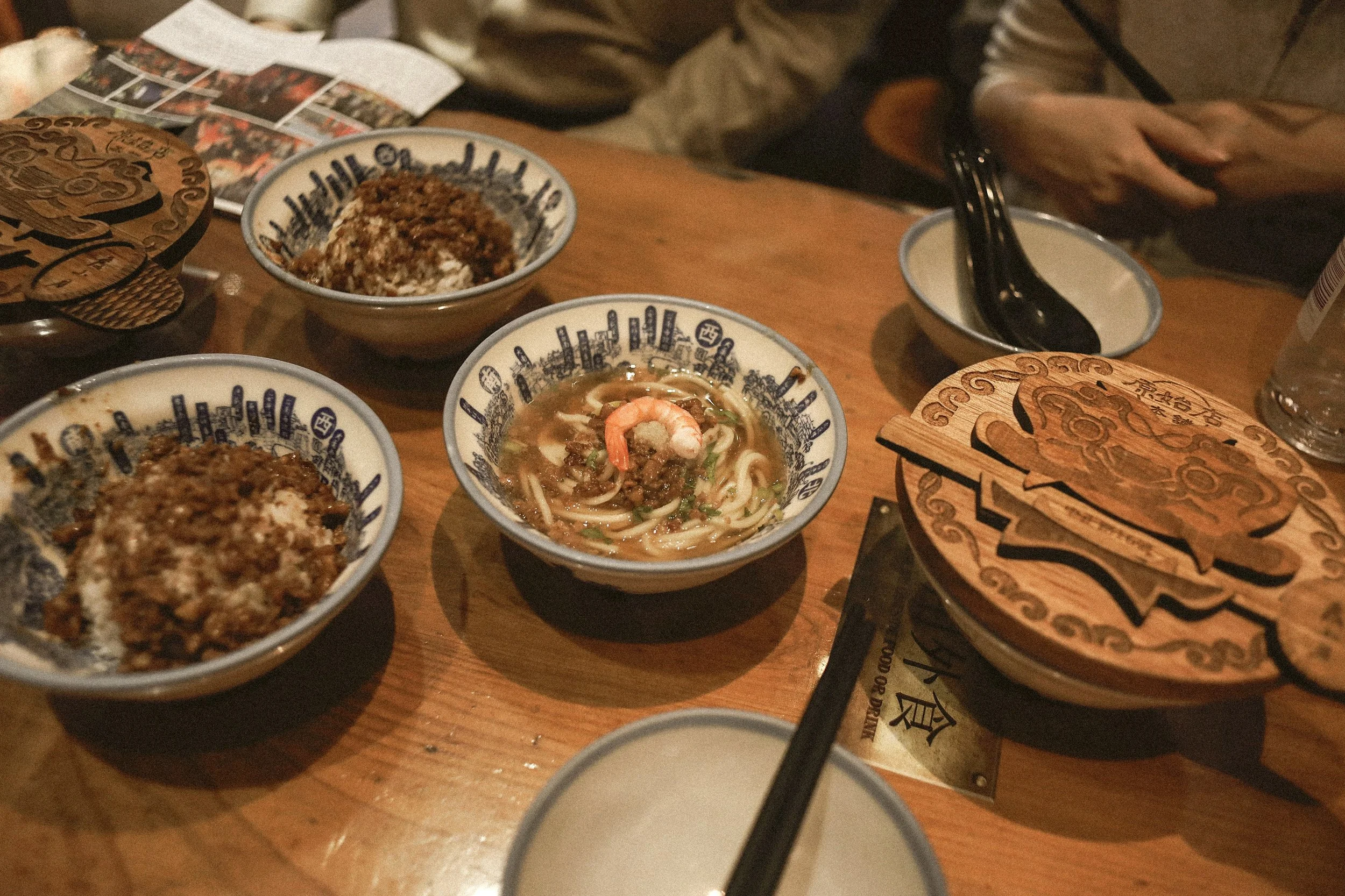A Guide to Tainan: Taiwan's Phoenix City
Tainan. The Phoenix City. The first major urban settlement on Taiwan. Site of a major Dutch fort. The first political capital of Taiwan and one of its major ongoing cultural centers. Listing it even partially out like this is like beating a dead horse, but from its narrow winding streets in its old district to Taiwan’s first Confucian temple, from old merchant factories reclaimed by nature to soaring Taoist temples, Tainan is a city pulsing with beauty and culture and energy. And none of this even touches on the city’s incredible food, hip bars, or modern museums.
Where To Stay
有方公寓 Your Fun Apartment is a charming and beautifully renovated older building conveniently located on the edge of the bustling West Central District, which houses a large majority of our favorite sites in Tainan. The hotel itself was extremely comfortable and had a lived-in bohemian vibe complete with white washed plaster walls, terraces, and a delicious included breakfast. The front desk staff were also extremely helpful and friendly, and the hotel itself featured a number of guidebooks in a variety of languages. 10/10, would stay again.
What To Do
Tainan is bursting at the seams with museums, restaurants, street vendors, historical sites, bars, takes breath and temples, parks, and picturesque alleyways and small streets. The city itself is home to more temples—Confucian, Taoist, and Buddhist—than any other single area in Taiwan. With that in mind, below were some of our absolutely favorite spots while not being anywhere near to a complete list of things to do and experience in the city.
The Anping District
The oldest of the old, the Anping District is home to an overwhelming cascade of sites, sounds, smells, and food. Nestled against the coast, Anping was the first urban area of Taiwan when it was settled by Dutch merchants—and it shows. The area features warrens of tiny streets, reclaimed Dutch forts, tree-eaten merchant facilities, and victorious temples.
Anping Tree House
One of the most stunning sites in Tainan is the Anping Treehouse. Now totally entangled by the spreading roots of a massive banyan tree, the treehouse was originally the largest warehouse of its time in the Anping district of Tainan. The building was formerly used in the export of sugar and camphor before becoming the office and warehouse of the Japan Salt Company during the occupation of Taiwan. Walking through the building gives mixed horror movie and Jumanji vibes, and it may be my single favorite spot to see and experience in the city.
Entrance to the treehouse costs 50TWD (roughly $1.60 USD); note you can also buy a multi-ticket that allows entrance into a number of other historic sites in both Tainan, including Anping Fort, and the Chihkan Tower.
Anping Old Fort
Built by the Dutch East India Company to secure the peninsula, the Anping Old Fort graciously looms over the rest of Anping. Now a museum, the fortress’s brick steps, whitewashed walls, and central tower are a testament to the Dutch presence in Taiwan. From the tower, you can also enjoy on clear days a panorama over the western portion of Tainan and the East China Sea beyond.
Anping Old Streets
Nestled around the fort are mazes of the city’s old and original streets. Bustling and full of energy, the streets are chock full of small stores, cafes, restaurants, and street food sellers. Among the best foods to try are quail eggs, fried in front of you in tiny molds that allow the egg to surround and encase shrimp—totally awesome and worth trying. But the best bet within the old streets is to just let yourself wander and take in the scenes.
The Grand Mazu Temple
Mazu, a Chinese sea goddess and patron of seafarers, is a big deal in Taiwan and, rightly so, deserves a big temple. Although not the most historically important temple to Mazu in Tainan—that honor goes to the other Grand Mazu Temple by the Chikkhan Tower, which we’ll get to just below—this temple is still strikingly beautiful. No matter how many temples we visited in Taiwan, the extreme details of each individual carving never ceased to amaze.
West central district
Just east of the storied Anping district is the West Central District, where modern development swarms around some of the most impressive and historical sites in all of Tainan. From Qing Dynasty-era shopping alleys to the real Grand Mazu Temple, you can easily spend a day traipsing from one hot spot to the next—which is exactly what we did. Frankly, this area has too many cool museums, restaurants, temples, or unique sites to list or even see … so here goes a totally incomplete list of our favorites.
Shennong Street
Originally a Qing Dynasty era promenade, Shennong Street today continues to bustle with cafes, small artisan shops, bars, tiny hotels, and all manner of excitement. While not especially long—and narrow by today’s standards of thorough fares—the street brims with excitement and nearly palpable memories. Also, at the end of the street is a beautiful temple and a massive banyan tree that has partially taken over a building and has had a shrine built around it. Living history in action!
Grand Mazu Temple
The real deal in terms of the most important Mazu temple in Tainan, this Grand Mazu Temple was the first state-established temple to Mazu in the country. Before becoming a temple, it was the residence of the last Ming dynasty king, whom the Qing dynasty eventually overthrew. This history gives the temple an added mystique, as do the visitors who continue to throw stones in the temple to divine their future (as Jen’s dad did), the constantly burning incense, and the spot in the temple marked where the concubines of the last Ming King hanged themselves from the rafters. A temple honoring them and holding their remains is a short walk away at the Wufei Temple.
God of War temple
The oldest temple in Taiwan dedicated to Guandi, the Chinese god of war, the God of War Temple is conveniently located next to the Grand Mazu Temple and is truly beautiful. Home to a number of relics that have been added to the temple since its founding in 1691, the temple is a surprisingly peaceful location for a religious site marking, well, the god of war. Seizing upon the impressive personal qualities of the Han general Guan Gong, who became deified as the god of war after his death, the temple encourages individuals to live an upright and honorable life.
Chikhan Tower
Just up the road from the Grand Mazu Temple and the God of War Temple is the beautiful Chikhan Tower. Currently a set of two pagodas on a hillock overlooking the district, the area was originally also built by the Dutch as a fort. Since then, it’s served as everything from a Ming dynasty fort to a Qing school to various uses by the occupying Japanese before eventually becoming a peaceful visitor park. While the entire area is serene and worth reading up on while walking through the area, pay particular attention to the eight stone turtles carrying stele on their back in front of the first pagoda. While I wish I could tell you why they’re important, that’s a story for Jen’s mom … so all I can say is that they’re awesome.
National Museum of Taiwan Literature
On the way from the Chikhan Tower is a traffic circle over which the National Museum of Taiwan Literature lords. This is a building with stature and poise that looks equal parts Japanese and Princetonian. While we didn’t go inside, the museum features works from both native and colonial writers … and is also just beautiful to look at from the outside. Something something judging a book by its cover something something.
Tainan Confucius temple
Like most other sites in Tainan, the Tainan Confucius Temple is a history lover’s dream. The first Confucius temple in Taiwan, the first official school on the island, and also built by the son of Taiwanese hero and Ming loyalist Koxinga (Zheng Chenggong), this site resonates history. For those less history inclined, the red walls of the compound and the serene (and free to access) park and courtyard are a beautiful and calming spot to spend a minute. Across the street from the temple is also the pedestrianized Fuzhong Street, which bustles with cafes and restaurants.
The Pao Gao stone arch was originally the outermost gateway to the temple. Now separated from the temple compound, it marks the entryway into the pedestrianized Fuzhong Street, which bustles with cafes and restaurants.
Tainan Art Museum (Building 2)
The second building of the Tainan Art Museum is a modern architectural marvel. Seemingly composed of sets of stucco squares interlocking at strange angles, the building is a fascinating detour. While we didn’t stop inside, it is worth taking a gander at while in the neighborhood. As an added benefit, Jen found the staircase outside it photogenic too.
Eating and drinking
While we were unfortunately not in Tainan for an extended amount of time, we did manage to grab some food and (sneaking away from Jen’s parents) drinks.
TAIKOO太古百貨店
Nestled on a corner in Shennong Street is TAIKOO太古百貨店, a two-story cocktail, beer, and wine bar. At two stories with a balcony overhanging the street, a back patio, and a mismatched living room-vibe interior, this is easily a bar you can settle into for a long night. Everything at the bar was effortlessly hip, the drinks were delicious (and cheap for the quality), and the second story balcony offered people watching par excellence over the bustle of Shennong’s nightlife.
Well worth “sneaking” away from Jen’s parents for.
Du Hsiao yueh
Now an international chain of family-owned restaurants, Du Hsiao Yueh was started in Tainan four generations ago in Tainan in 1895 by a fisherman who started selling noodles during months of rough seas in which he could not go fishing. Specializing in danzai noodles and other local Tainan specialties, we could not pass up the opportunity to stop at the original location (conveniently located close to all the temples in the West Central District). After gorging ourselves on many, many dishes—see below for an idea of what we were sharing—it was obvious why this restaurant has been around for over 100 years. 11/10, would eat again.
Want to save this post for later?


